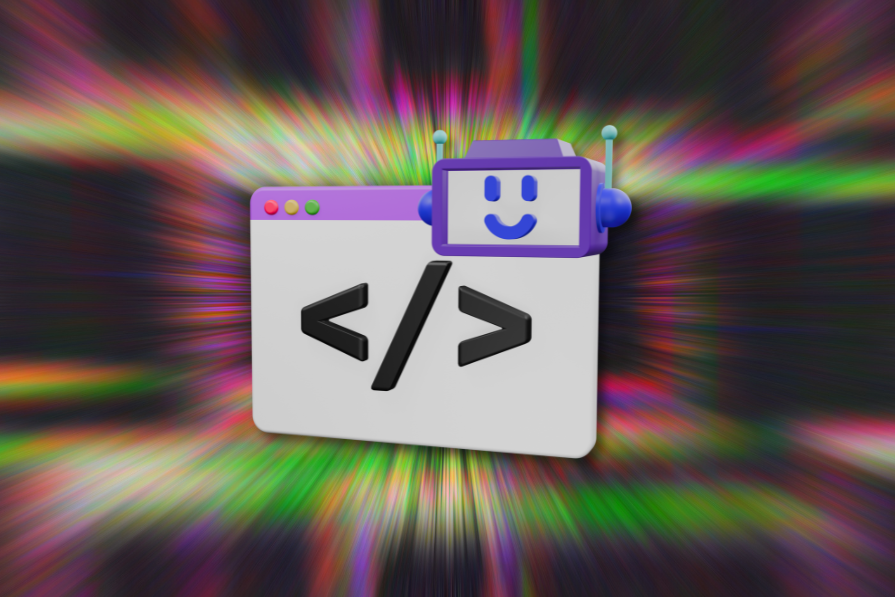
"Thanks to generative AI tools, transforming design images into working code is now possible. You can easily feed a screenshot into Lovable or Replit and have a functional app built within minutes! The problem, however, is that an image alone doesn't give an AI model enough context to produce a pixel-perfect result. These models often generate layouts that stray from the original design system. As a developer, I can tell this is the fastest way to trigger any designer you work with."
"Figma recently rolled out its MCP Server (beta), which lets AI coding agents use Figma's custom AI tools to fetch live design data directly from artboards. It has the full context of your design layout. With Figma MCP, AI coding agents can now read native Figma properties like variables, design tokens, components, variants, auto layout rules, and more. These properties are then used as data inputs (context) for AI agents like Cursor, Copilot, and Claude Code to accurately implement your designs."
Generative AI tools can convert design images into working code, but images alone lack the context required for pixel-perfect results and often produce layouts that diverge from design systems. Model Context Protocol (MCP) is an open standard that grants AI agents access to external tools and live data via MCP providers. Figma's MCP Server (beta) enables AI coding agents to fetch live artboard data and read native Figma properties such as variables, design tokens, components, variants, and auto layout rules. Those native properties act as contextual inputs for agents like Cursor, Copilot, and Claude Code to produce accurate implementations. The handoff model is shifting from designer-to-developer toward designer-to-agent, requiring design files to be structured for AI compatibility.
Read at LogRocket Blog
Unable to calculate read time
Collection
[
|
...
]